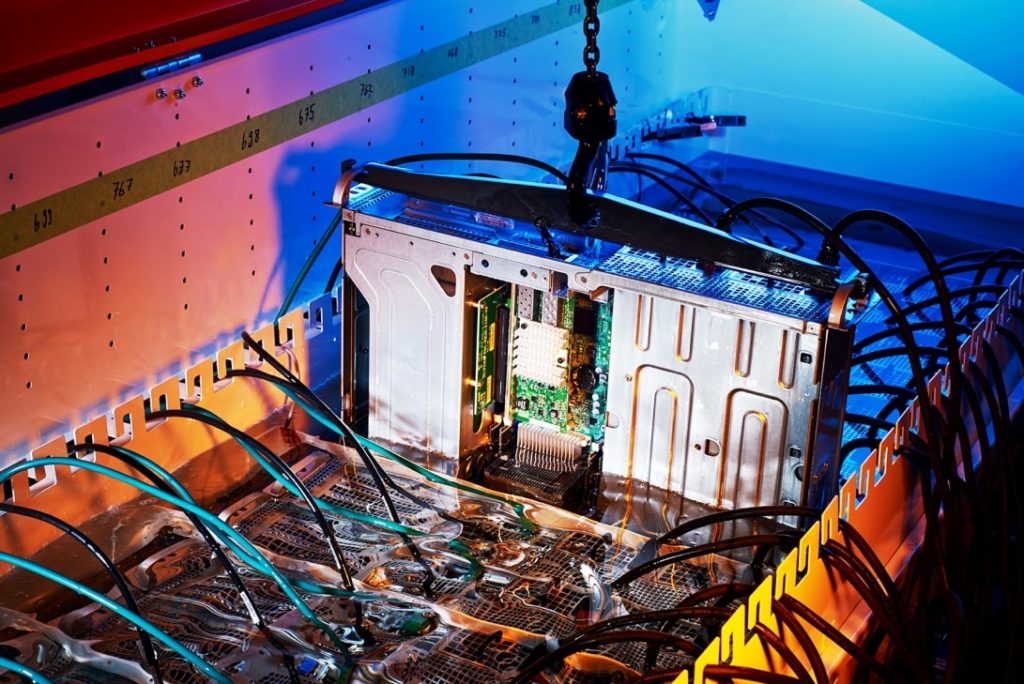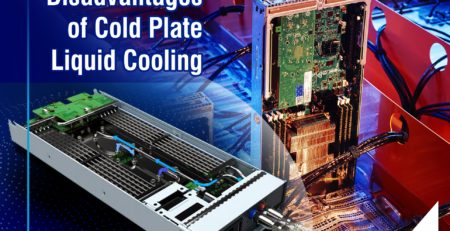5 Benefits of Liquid Immersion Cooling for Indian Market

Data centers are highly energy-intensive solutions and we, at Prasa, make sure we take every step to reduce the power consumption of the data centers we build. We are aware of the fact that such huge energy consumption would lead to a huge carbon footprint. Therefore, at Prasa, we constantly focus on solutions that allow us to be socially and environmentally responsible along with offering improved performances and reduced costs. We believe there is a greener way to do business without compromising on quality and performance.
What I want to talk about today is nothing new and I have been all praises about the technology multiple times in the past, as it acknowledges the importance of social and environmental responsibility while giving its due diligence to profitability. I am talking about Liquid Immersion Cooling.
I have already discussed the obvious and glaring advantages of liquid immersion cooling before, read them here. Apart from the obvious benefits of making the data center greener and significantly reducing the operational costs liquid immersion cooling has many advantages for a data center. In this blog post, I am going to cover a few immediate benefits which are not commonly known and are seen as a result of the adoption of liquid immersion cooling.
1. A quieter data center leading to better working conditions
This makes the data center a better place to work at. All the fans are removed from the server before the server is submerged in the dielectric bath, automatically making the data center quieter. Removal of cooling systems like PACs also contributes towards making the data center silent. It feels great to walk inside a data center with hundreds of KW of the hardware placed into a dielectric bath and not hear a thing.
2. Eliminates the need for air purifier
Various regions in India especially the National Capital Region (NCR) sees massive pollution and the mission-critical equipment suffers quick corrosion when exposed to air. As a result, most of the data centers in the region incur an additional cost of air purifier. Adoption of Liquid Immersion Cooling would solve this problem at the root cause. Immersion in coolant would mean, absolutely no contact with air. Thus, eliminating the risk of corrosion and reducing the cost of air purifiers.
3. A stable and consistent thermal environment for hardware
In liquid cooling systems the dielectric fluid is continuously transferred and thus, the heat is constantly being removed from the hot components in IT hardware, reducing their exposure to heated vicinity and temperature fluctuations. Your data center becomes free from server room hot spots, hot aisle, and cold aisle, relieving you of your worries about someone moving certain equipments at the data center and disturbing the entire ventilation planning of the data center.
4. Good riddance from all form of environmental contamination
All types of environmental pollutants like dust, debris, tiny particles, and humidity pose a huge risk for the expensive IT equipment in the data center. Such contaminants have been known to cause multiple failures in data center hardware leading to huge losses. With liquid immersion cooling, all these problems will be completely eradicated from the data center.
5. Tackles the effects of electrochemical migration
The movement of metal ions in with the presence of electric potential is electrochemical migration. This movement leads to a growth of dendritic structures between metal conductors. The major factor for such formation is the moisture in the atmosphere and the presence of free ions. Immersing the servers into coolant would also tackle any issues of electrochemical migration by removing moisture from the mix.
The multiple advantages offered poise liquid immersion cooling as a futuristic innovation for the issues we consider problematic, as well as the issues we have learned to live with (noise). But the increasing rack-density has already moved the liquid immersion cooling from being an innovative solution to a necessity in data centers.









Leave a Reply